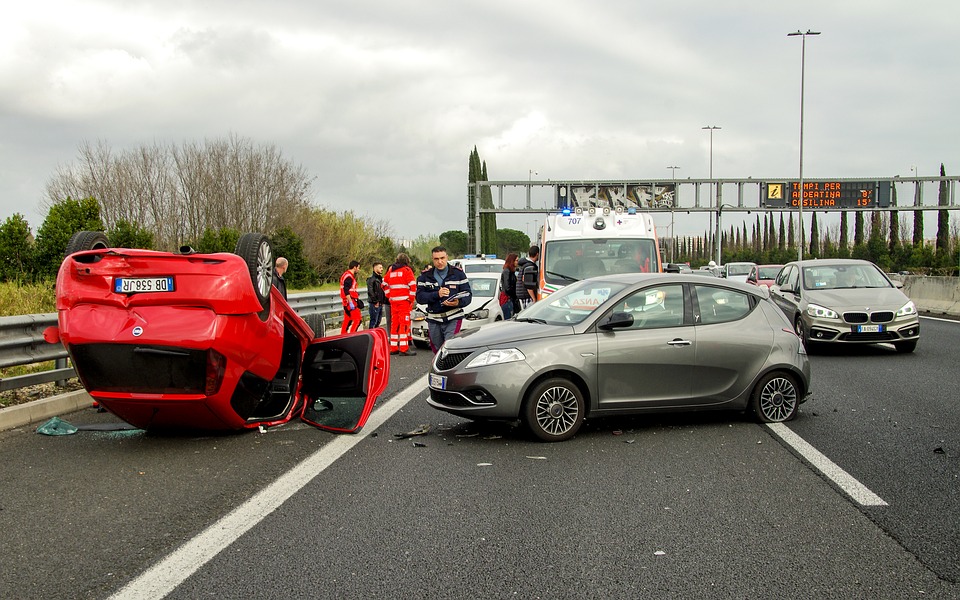Few people are aware of the fact that electric cars have been around since the 19th century, when they were used as taxis and city cars. When the internal combustion engine came along, it overshadowed the electric vehicle and motor vehicles became all the rage – until today. Due to environmental concerns as well as the ever-rising price of oil, the electric car has once more become the focus of attention. The Tesla Roadster, launched in 2008, inspired car manufacturers to come up with their own original electric car designs, and so the story of EVs begins, once again.
There are several reasons which stand behind their rising popularity, such as the use of clean energy for instance. Even though coal, crude oil and natural gas are powerful energy providers, they are potent pollutants that add to the detrimental effect of greenhouse gasses to the ozone layer causing worrying climate change. Furthermore, the energy sources for motor vehicles have been almost depleted, especially in the last 150 years. People have started turning to cleaner and more efficient transportation options and renewable energy sources. The advantages of electric cars already outweigh the disadvantages to a great extent, and the cars are perfected daily in order to meet all the needs of their consumers.
The issue at hand is the supply of power to electric vehicles. Charging your EV at home is one thing, but charging on the road is still limited, since the available charging stations are not as widespread as the petrol variant. This is one of the main reasons people are not rushing to buy this cleaner, quieter and cheaper means of transport. However, the infrastructure is rapidly growing to accommodate EV users. Mind you, this is only a concern of those who plan to cover more than 200km (or even 485km depending on the make of the car) between charging periods. For a city dweller, running the usual errands of picking up the kids, doing the shopping and the like, this is hardly an issue.
What’s important is that we have found a clean, renewable energy source. Scientists have been working hard on the ways in which we can use electricity as fuel and at the same time get something in return. Believe it or not, your electric car will very soon be able to power your home thanks to the vehicle to grid (or V2G) scheme. Your EV has one big storage pack of energy, i.e. a big battery. If you charge the battery while the electricity is cheap, and sell it back to the grid when it is expensive, you could save a significant amount of money and help power your own home as well. Not only will you help balance the high demand when it comes to supplying the necessary electricity to the city, you will also be able to cover the annual cost of charging your car. At present, work is being done on an experimental project in which electric car owners can cooperate with their energy suppliers, and hand over battery management to them.
Renowned car manufacturing companies such as BMW, Mercedes-Benz and Nissan are all busy developing home batteries which would integrate EVs into the residential power systems. One of the solutions is that the batteries are charged via solar panels during the day, which would later be used to charge the cars at night while they’re parked in the garage. On the other hand, car owners could charge home batteries by using their vehicles. Either way, it is an efficient and economical solution.
Furthermore, this kind of integration would reduce the need for additional grid storage and power plants, since the cars would be charged at low-demand times and batteries would feed the grid during high demand periods.
As far as finances go, the study conducted to calculate the savings took four countries into consideration – France, Italy, Spain and the UK and came to the conclusion that between them they could save up to $1.5 billion each year. Still, in order for everything to go as smoothly as possible, smart charging has to be introduced, since simultaneous charge-ups of vehicles might very easily overload the grid. This is where smart chargers come in. They will allow vehicles to draw power while avoiding peak periods but still making sure they are charged and ready to go when necessary. Instead of investing huge amounts of money in grid reinforcement, smart charging would lessen that amount up to 60%.
The future looks bright for the electric car (and you), and even if they are currently not as widespread as petrol ones, the prognosis is that by 2030 there could be as many as nine million EVs on the road. The ongoing research is definitely aiming for a far better and cleaner future and we for one are looking forward to it.







